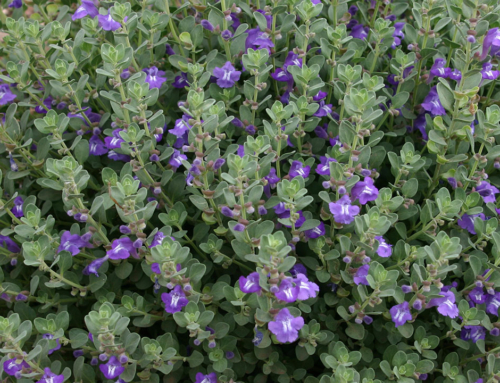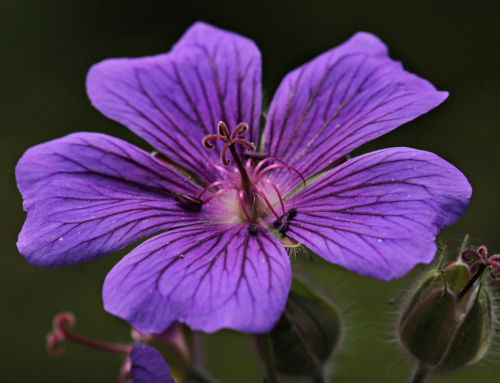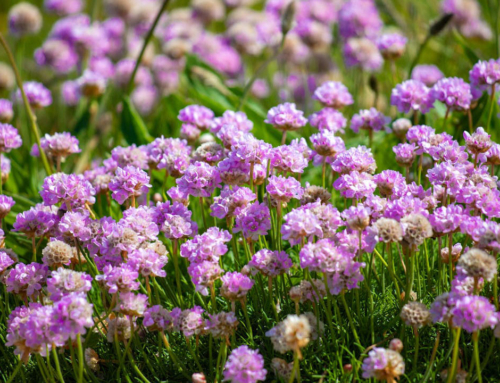By Deb Revier, Hennepin County Master Gardener
When was the last time the “government” sent you a check? (I’m not talking about income tax refunds here, but money for a wonderful way to enhance your own property).
Now that I’ve gotten your attention, let’s focus on the real story. Many watershed districts and government agencies in the Twin Cities area offer grants or “cost sharing assistance” for landscaping that benefits water quality. We have seen presentations on rain gardens; in fact some of the programs that the Hennepin County master gardeners work with are Blue Thumb and Metro Blooms.
In undeveloped/natural areas, rainwater soaks into the ground, but as land is developed, hard surfaces cover over those areas and cause storm water to flush dirt, fertilizer, pesticides and other debris into our lakes streams and wetlands. Did you know that polluted storm water runoff is the #1 water quality issue in Minnesota?
Shoreline restoration alleviates some of those problems. Not only do they help protect valuable water resources by stabilizing shorelines and stream banks, but they offer advantages to the property owner. In fact increased water clarity can increase home values. For example, up to $400/linear foot in the City of Minnetonka. Deep roots not only stabilize shorelines, but they absorb nutrients from fertilizers and animal waste, deter nuisance geese and attract mosquito-eating dragonflies. A well done restoration can offer lawn chair landscaping which means less water, mulch, fertilizer and fewer pesticides.
The first step is to contact your local county or watershed district. Blue Thumb offers a list at http://bluethumb.org/grants/. The details of each agency’s programs differ, but most offer financial assistance for design work, installation and plants. My property was eligible through the Minnehaha Creek Watershed District so I will highlight some of the steps taken for my restoration.
For the year 2013, the maximum amount allowed for residential projects is $5,000. The property owner arranges design services for the project through a private company. I utilized the services of Prairie Restorations; however there are a number of excellent local businesses that can work with you on the design. The cost sharing agency will require photos of the project area, a 2013 “Shoreline and Stream bank Stabilization Cost Share Program” application, a landscape plan drawn to scale that shows water levels, footage, location and identification of proposed vegetation, a schedule for the project, and an itemized cost estimate. Costs associated with the first 2 years of maintenance may be included. This may sound like a long list, but the company you are working with will be familiar with these requirements.
After receiving these documents, a “Citizens Advisory Committee” or a similar government agency will review the proposal and notify the property owner of approval or the need for additional information. The committee will evaluate the proposal based on potential reduction in erosion, improvement in wildlife habitat, visibility of the project and even public outreach. Is the property owner willing to participate in public outreach or education opportunities?
After the project is completed, the Cost Share staff will inspect and sign off on the project. The property owner then submits all original receipts to receive his/her payment. In some cases the work can be performed by the homeowner if all receipts and hours worked are submitted. In my case, the total cost was divided 50/50 and I promptly received a nice check.
What a win win- situation! The county/city/watershed district gets help protecting valuable water resources, the neighborhood gets a lovely shoreline, the restoration company gets business and kudos, and the homeowner gets a wonderful garden/yard enhancement.




